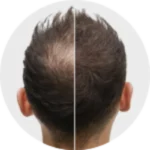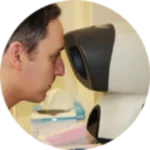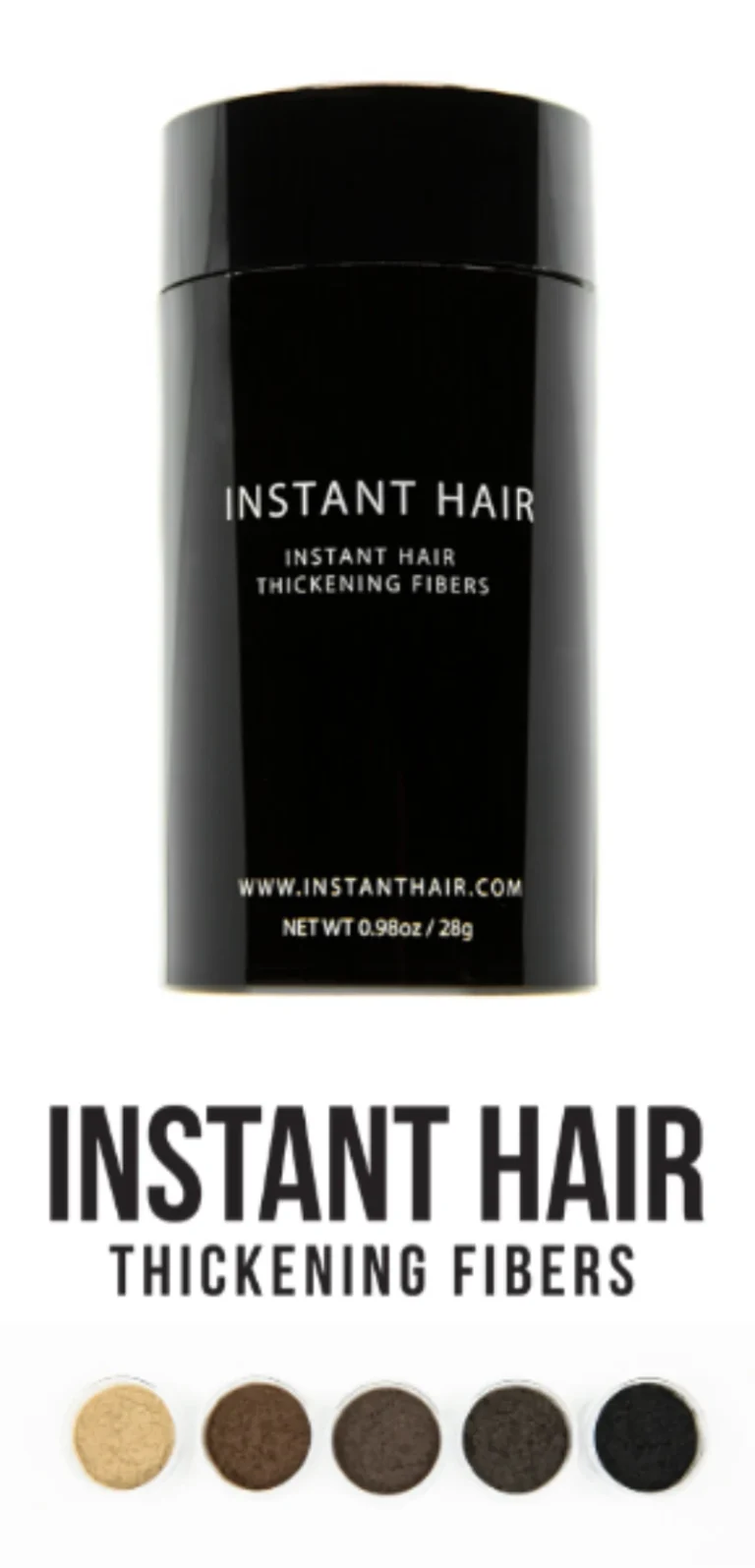ULTRAFINE GRAFTING TECHNIQUE
Our Toronto Hair Transplant Surgeons doctor’s use the ultrafine grafting technique for hair transplants. This means that all grafts are dissected under the binocular microscope. This gives the most natural results available because each graft is in a follicular unit of one to three follicles mimicking how they grow naturally.
SCAR REPAIR HAIR RESTORATION TECHNIQUE
Depending on the type of hair restoration technique performed, the physician’s experience, and the amount of tissue removed, scar results will vary. Some scars are small and easy to hide, while others may be in need of additional scar repair.
After multiple procedures, wide scars can become visible and unsightly, needing either revision or planting with Follicular Unit Excision (FUE).
In terms of technique, strip incisions leave recognizably different scars than follicular unit excisions. Strip incision techniques will leave a linear scar on the scalp, while follicular unit excision leaves 1mm, round-shaped scars around the donor areas. Scars caused by follicular unit excision are less visible than scars caused by other techniques. Visibility of scars also depends on the patient’s hair length and the experience of the physician.
There are two methods of scar repair used on patients: scar revision with suture and placement of follicular unit excision into the scar.
1. Scar Revision with Suture
This is a method of scar repair that involves improving the appearance of the scar. If there is not too much tension on the scar, an attempt can be made at excising the scar and resuturing it. Every effort must be made to minimize any tension on the scar as “stretch back” or reopening will occur.
Generally, there is a 90% chance that the scar will improve with scar revision. Other possibilities include a 9% chance that the scar will remain the same and a small 1% chance that the scar will be worse.
2. Placement of FUE into Scar
This has become a very popular means of scar repair. It involves removing hair from the body or head and placing it into the scar tissue at the back of the head. Usually, 50% to 90% of the grafts grow in scars, making the scarred areas of the scalp much less visible.





















